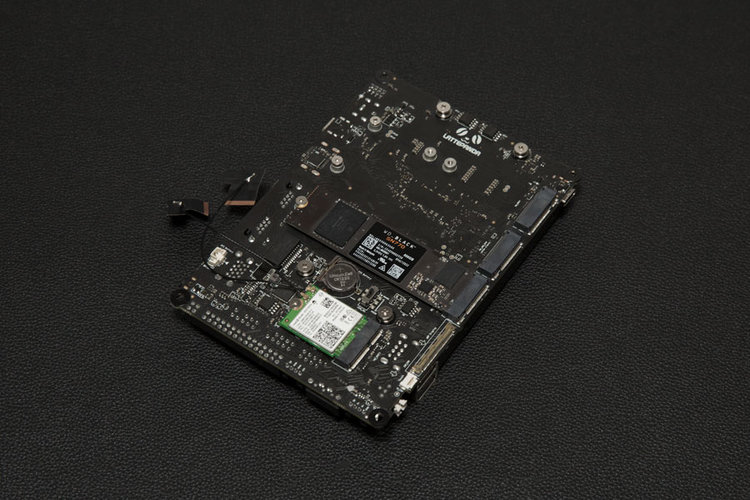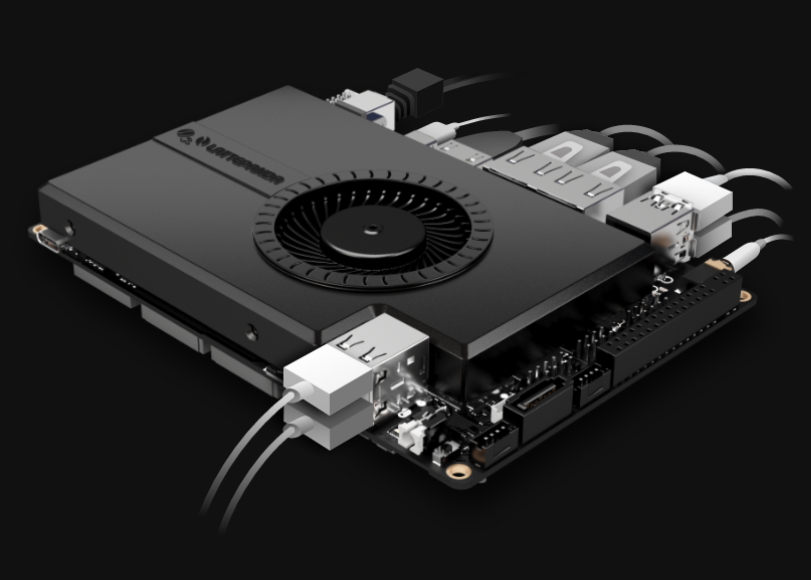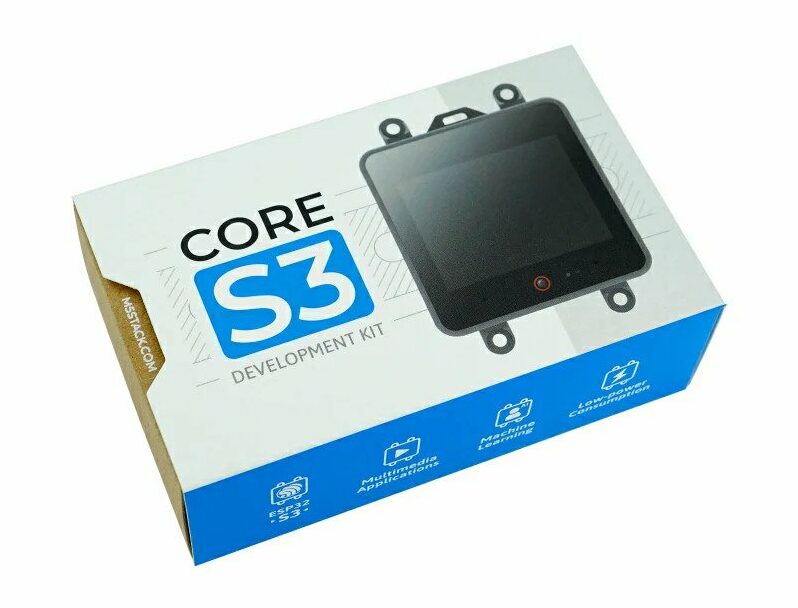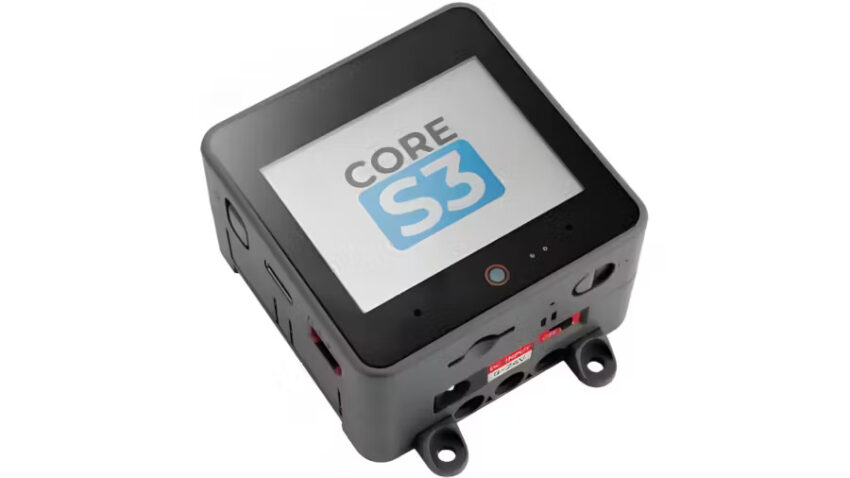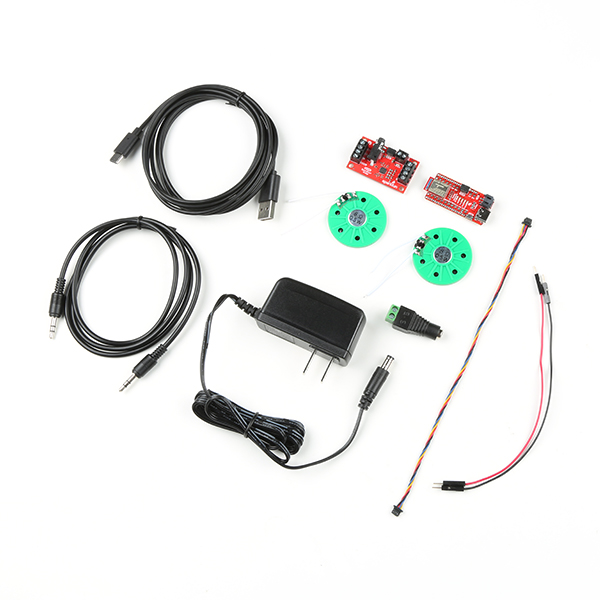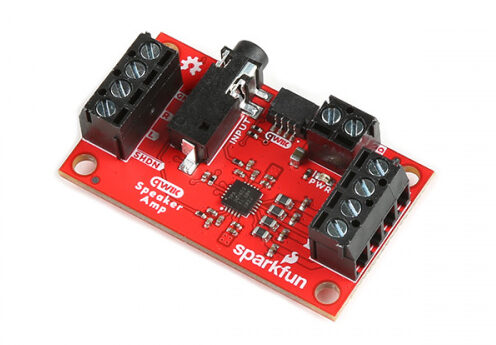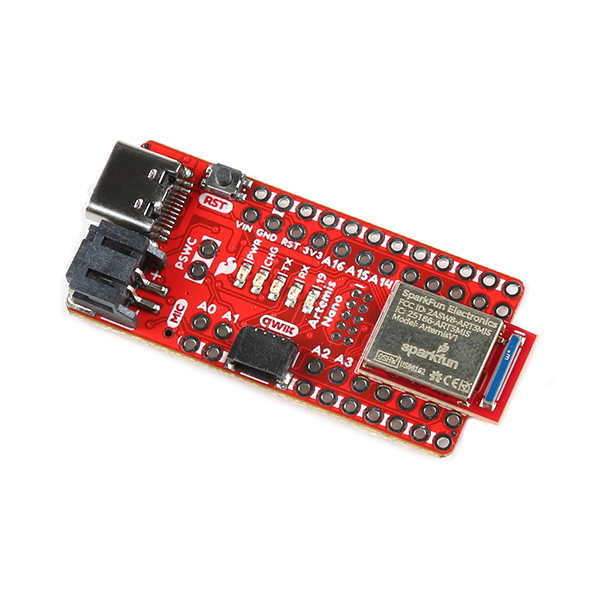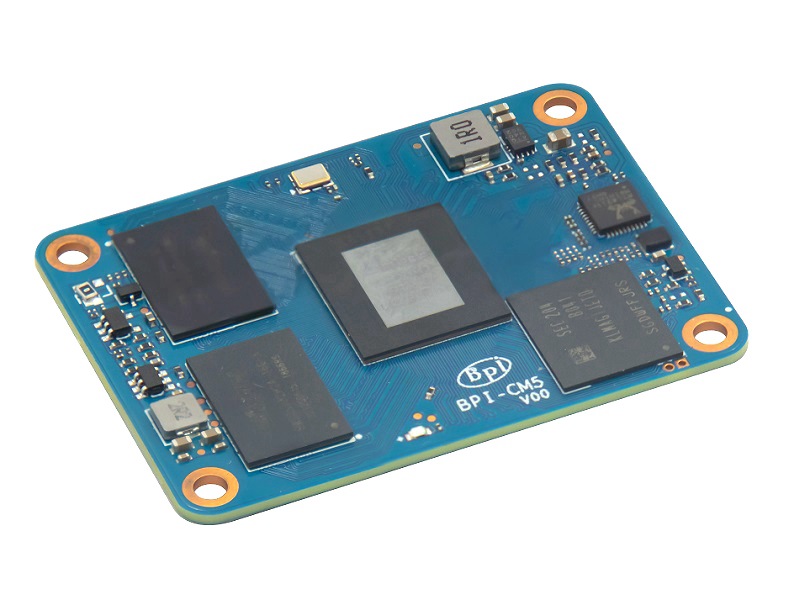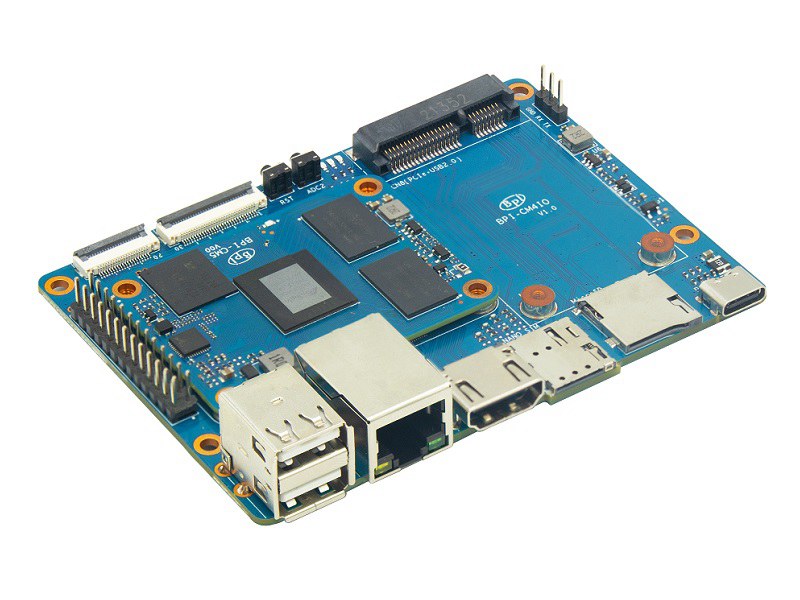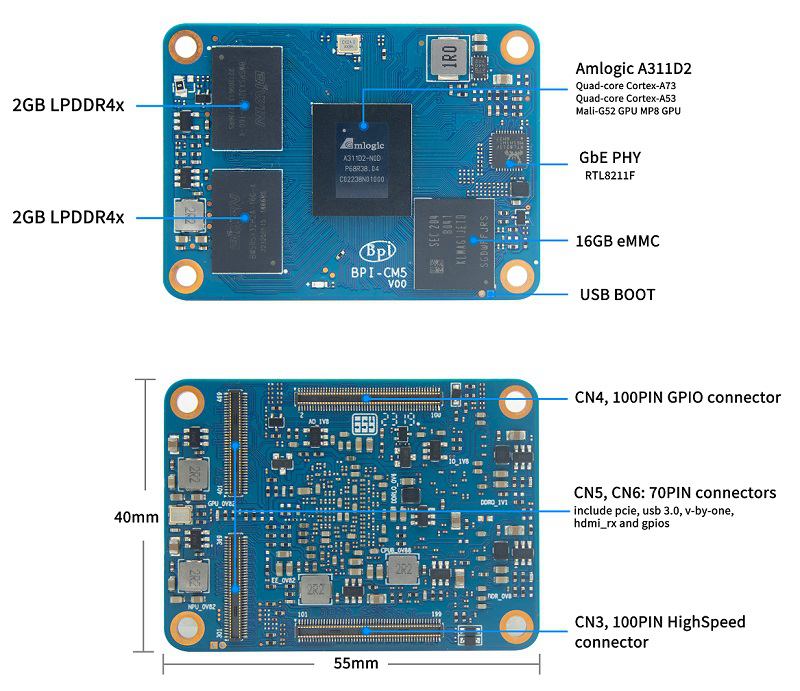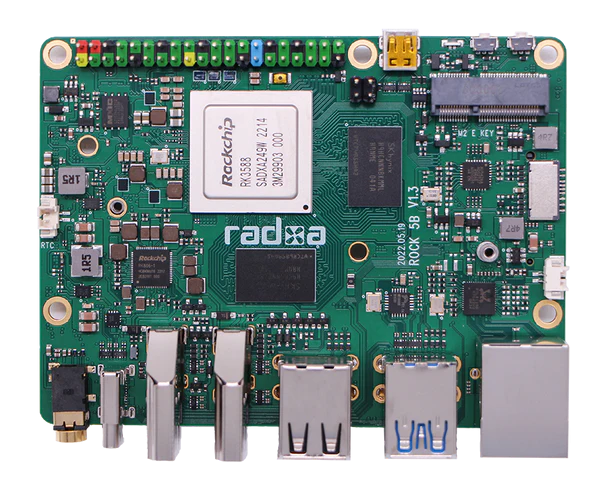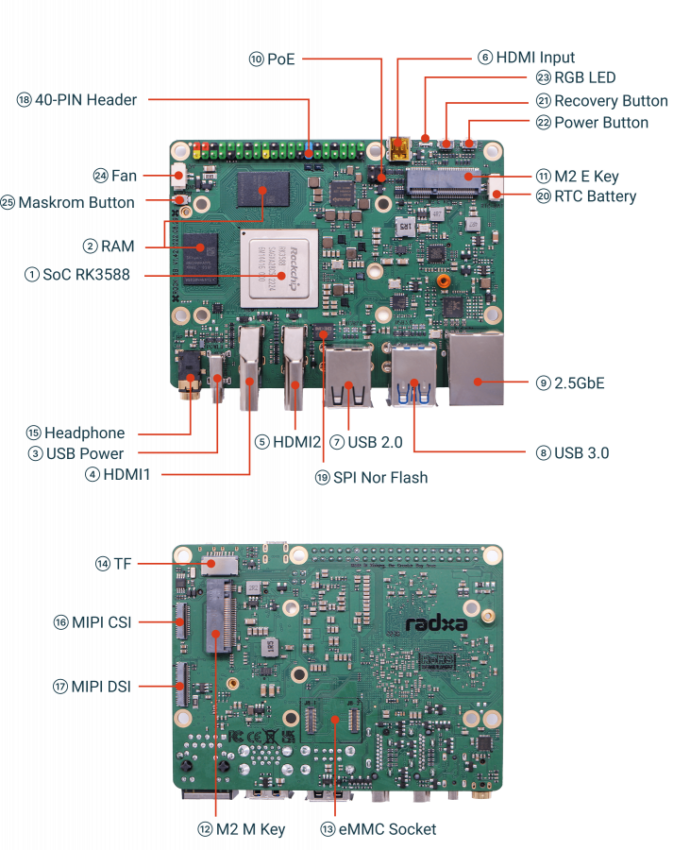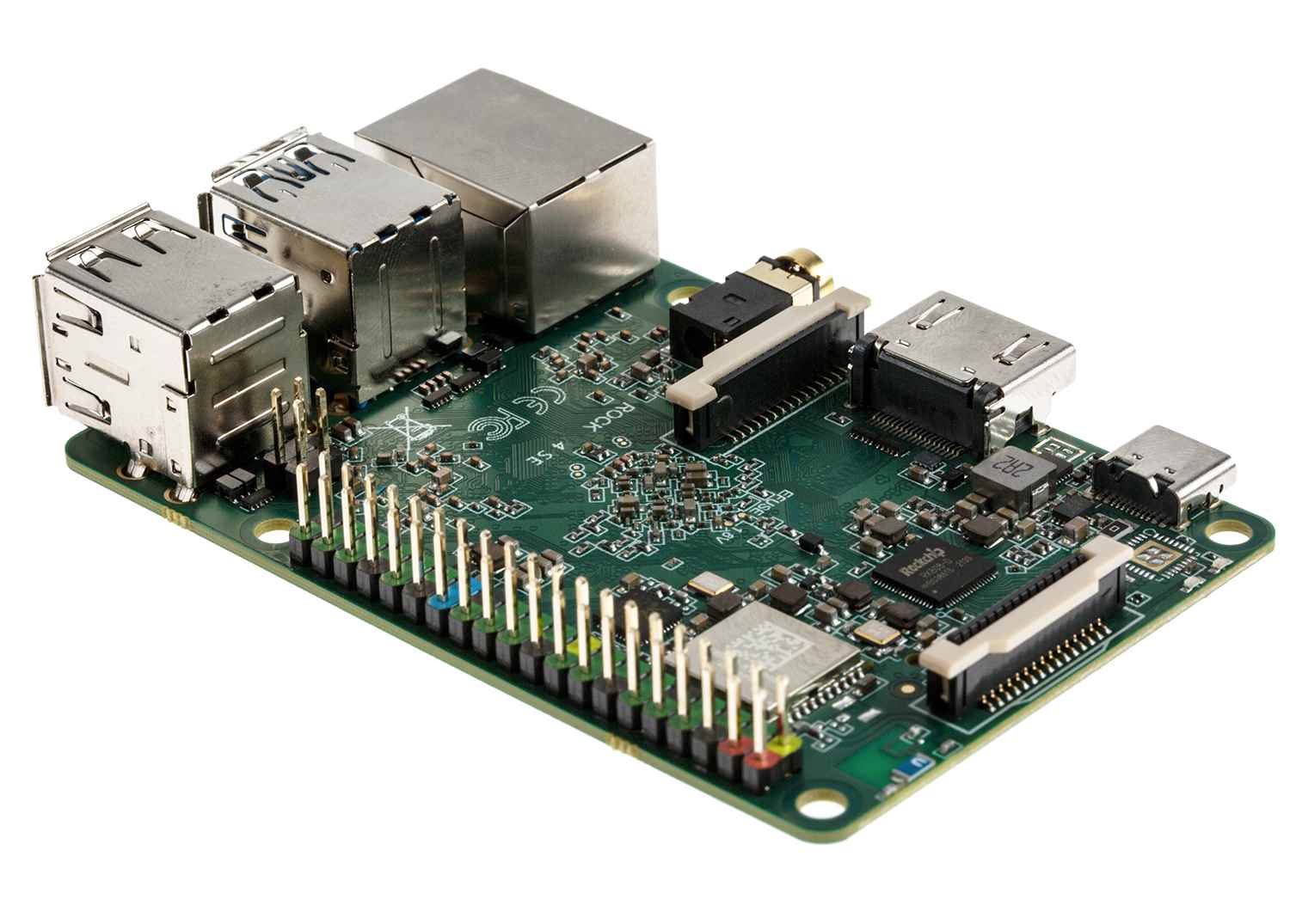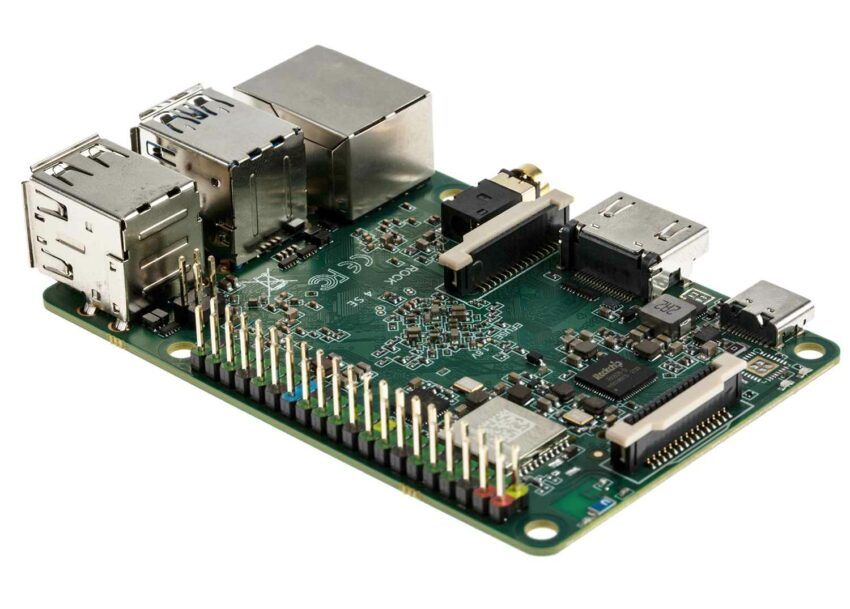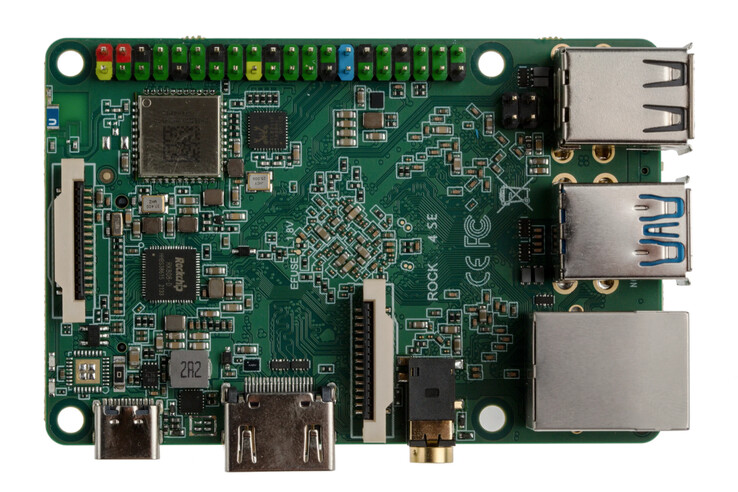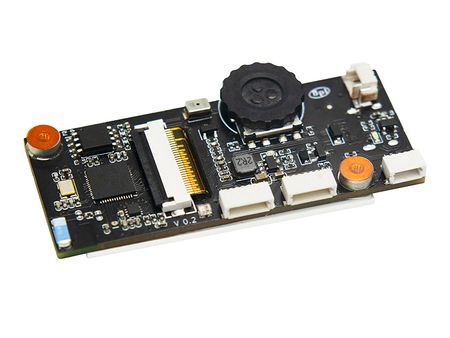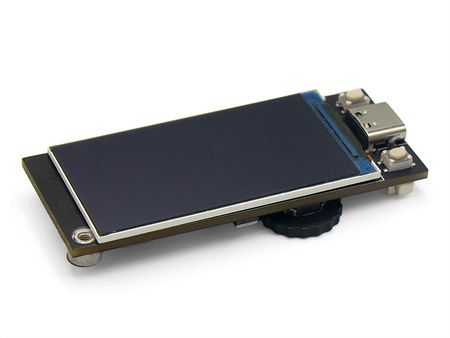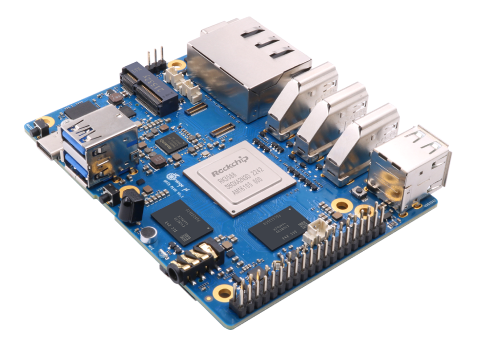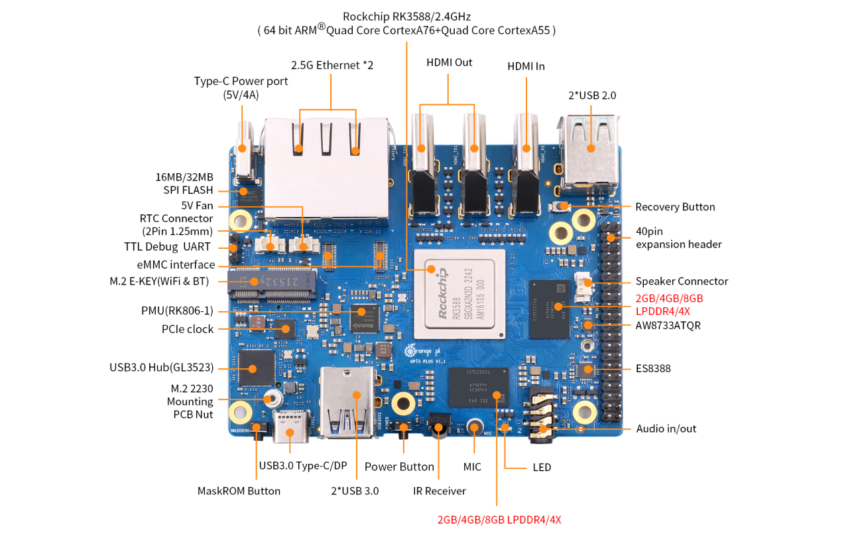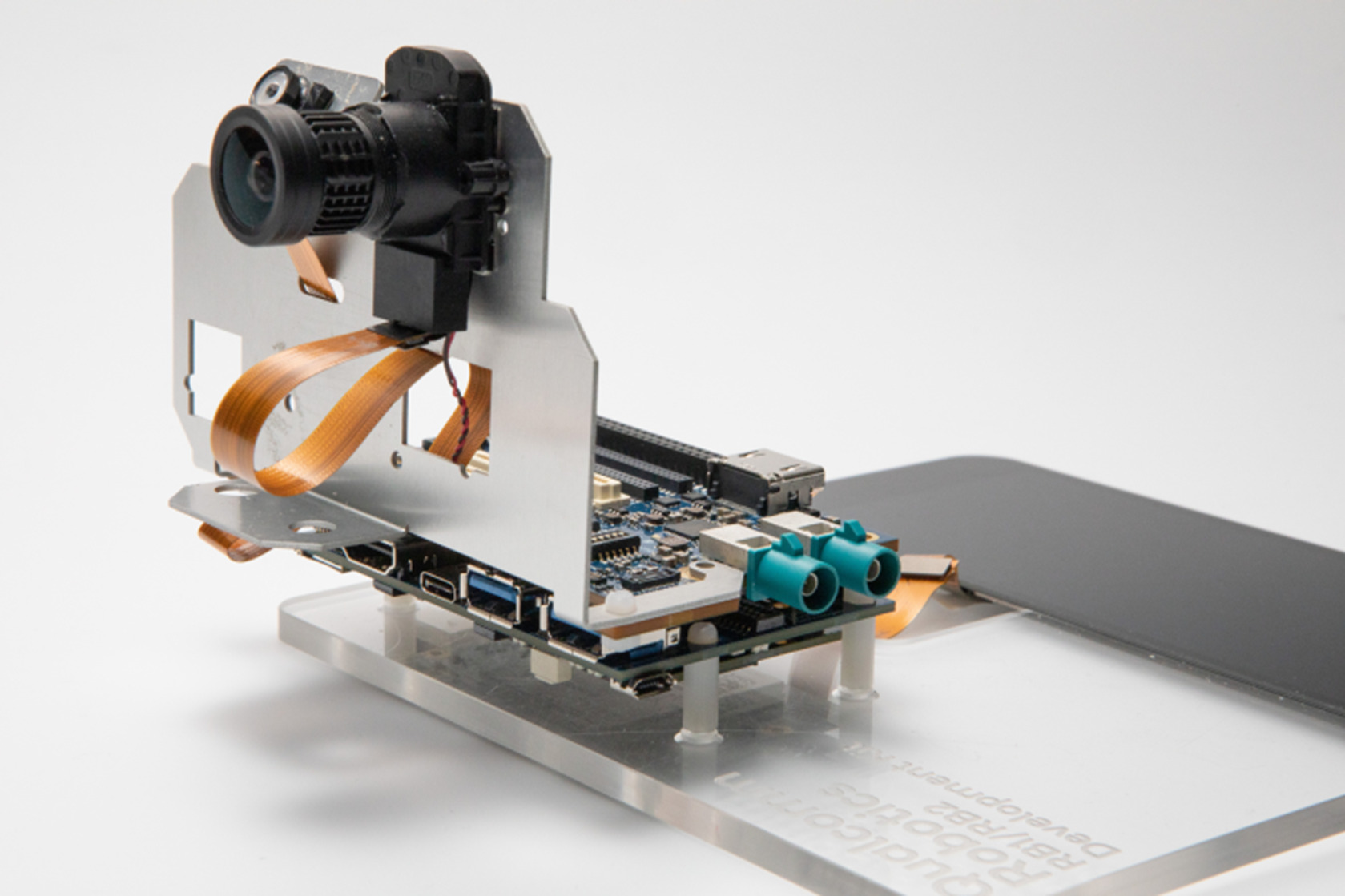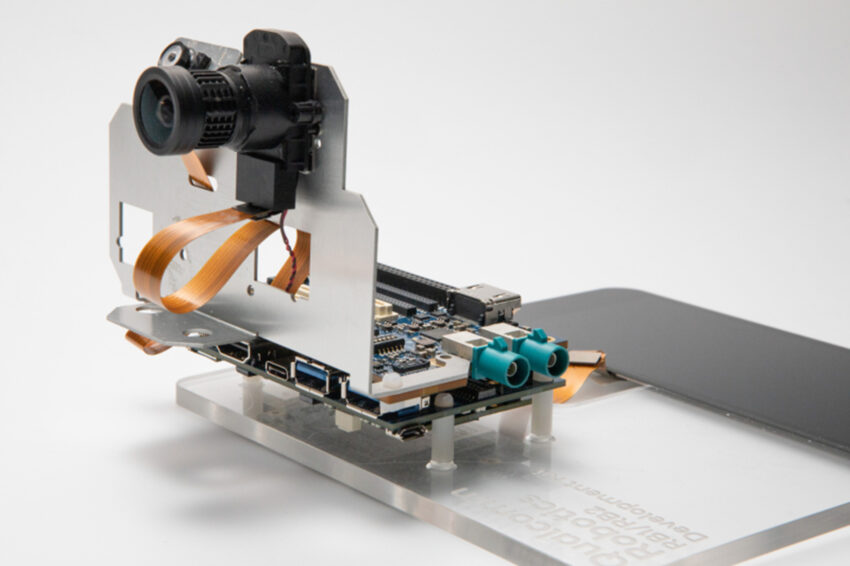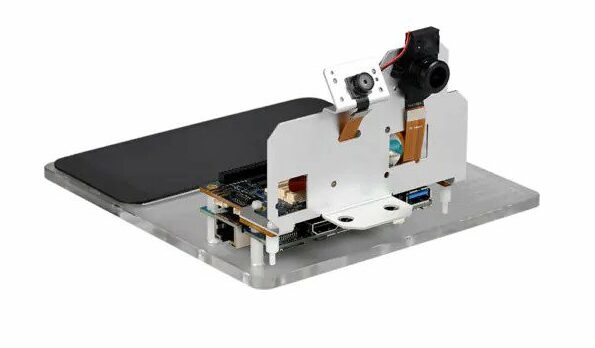LattePanda has unveiled its latest single-board computer, the LattePanda Sigma, which is a compact x86 device with a powerful Intel Core i5-1340P processor. This quad-core processor, with an efficient core clock speed of 3.40 GHz and a maximum turbo frequency of 4.60 GHz, ensures efficient processing power. It allows users to run resource-intensive workloads and multitask with ease for a wide range of media servers, home automation, and AI inference applications.
As mentioned earlier, it features an Intel Core i5-1340P processor, offering high-performance computing and supports up to 16 GB of DDR4 RAM, enabling data handling. For storage needs, the LattePanda Sigma includes M.2 SSD (NVMe/SATA) and SATA drives for the expansion of storage for applications and operating systems.
Additionally, the LattePanda Sigma features a Microchip ATmega32U4-MU co-processor, which is a low-power 8-bit RISC-based microcontroller. The previous versions of LattePanda single-board computers, such as LattePanda 3 Delta and LattePanda v1, also had the same co-processor.
Specifications of the LattePanda Sigma:
- CPU: Intel Core i5-1340P
- Co-processor: Microchip ATmega32U4-MU
- Graphics: Intel Iris Xe Graphics
- Memory: 16GB Dual-Channel LPDDR5-6400
- Storage: M.2 SSD (NVMe/SATA) and SATA Drive
- Wireless connectivity: M.2 Wireless Module (PCIe/CNVio)
- Display: HDMI 2.1 up to 4096 x 2304 at 60Hz, DP 1.4a up to 7680 x 4320 at 60Hz, and eDP 1.4b up to 4096 x 2304 at 120Hz
- Audio: 3.5mm microphone headphone connector
- Power: DC Jack 12 to 20 V and USB Type-C port 20V
- Software: Windows 10, Windows 11, Linux Ubuntu 22.04
- Dimensions: 146×102 mm
In terms of connectivity, this SBC has an M.2 slot for the addition of a Wi-Fi module which needs to be installed separately, ensuring extended wireless communication. The board also provides multiple USB ports, HDMI output, and a Gigabit Ethernet port, allowing easy integration with various peripherals and displays.
The LattePanda Sigma single-board computer is currently available for pre-order at $648 USD on the DFRobot product page. The company says that the orders are expected to ship by late June.


